Why syncing matters for SAT prep (and how to stop losing study time)
Picture this: you’re on the bus reviewing a tough passage on your phone, you flag a sentence to re-read later, and by the time you sit down at your laptop for a full practice section that night, the note is nowhere to be found. Frustrating, right? That tiny friction point — switching devices without everything being in sync — chips away at momentum, wastes time, and disrupts the study rhythms that build SAT scores.
Syncing your study across your phone, tablet, and laptop isn’t a tech trick; it’s a study habit. When your materials, annotations, flashcards, schedules, and performance logs move with you, you spend less time re-finding things and more time learning. This guide shows exactly how to create a smooth, three-device workflow that fits real life: five-minute review sessions between classes, focused tablet annotation sessions, and marathon laptop practice tests.
The role of each device: play to strengths, avoid overlap
Each device has natural advantages. Treat them as a coordinated team rather than redundant tools. Here’s a compact breakdown:
- Phone: Quick reviews, flashcards, short timed drills, vocabulary, and on-the-go push reminders. Great for keeping momentum during short waits.
- Tablet: Comfortable for reading and annotating passages, marking math problem steps, and reviewing annotated practice tests. Easier handwriting for diagrams and worked solutions.
- Laptop: Best for full-length practice tests, writing longer notes, organizing files, and running analytics on your scores. The keyboard and larger screen make heavy-duty work faster.

Why this separation matters
If you try to do everything on one device you’ll either be under-utilizing the others or getting distracted. By assigning roles, you create predictable habits: when you want a quick review, grab your phone; when you want deep reading, use your tablet; when you want concentrated practice, go to your laptop.
Core principles for a reliable sync system
Before the how-to, let’s lock down the principles that keep a sync system resilient and low-maintenance.
- Single source of truth: Store your master files and study plan in one place that syncs everywhere. Think of this as your “study vault.”
- Consistent file formats: Use universal formats (PDF for passages, plain text or markdown for notes, CSV/spreadsheet for score logs) so everything opens cleanly on every device.
- Offline-first mindset: Enable offline access for the apps and files you need most so a dropped connection doesn’t terminate a study session.
- Automatic backups: Keep version history enabled so if you accidentally delete an annotation or overwrite a file, you can recover it.
- Security and access: Use strong passwords and two-factor authentication for accounts that sync your work.
Step-by-step: set up your sync toolkit
This section outlines the practical pieces to assemble a synced SAT study environment. I’ll keep tool names generic so you can choose the apps you prefer while you follow the same setup pattern.
1. Pick a cloud home for your master files
Choose a cloud account as your master storage. Create a clear folder structure: Practice Tests, Notes, Flashcards, Score Logs, and Reference. Put the highest-value things here: official practice tests, annotated PDFs, and your master study schedule.
2. Choose a cross-device notes system
Use a notes app that syncs fast and supports annotations or handwriting on a tablet. Make a consistent naming convention: Date_Subject_Type (e.g., 2025-03-12_Math_ErrorLog). That way, searching is instant.
3. Flashcards and spaced repetition
Pick a flashcard system that syncs across devices and supports spaced repetition. Organize decks by section and difficulty (e.g., Reading_CoreVocab, Math_AlgebraWeakness). Schedule 10–15 minute daily sessions on your phone for quick reviews; reserve tablet or laptop time for making new cards and editing decks.
4. Calendar and study plan sync
Keep one master calendar that holds your study plan, test dates, and practice test appointments. Sync it to all devices so notifications and time blocks appear everywhere. Color-code session types: Red for full-length tests, Blue for review, Green for tutoring or group sessions.
5. PDFs and annotation workflow
When you take a practice test on your laptop, export it as a PDF and move it to your master folder. Use tablet apps for handwriting and detailed annotation, which syncs back to the cloud. That way, your laptop has the annotated version when you analyze performance later.
Two essential tables: device activities and weekly schedule
Tables make clear how to allocate activities and time. Use these as templates you can modify.
| Activity | Best Device | Why | Quick Tips |
|---|---|---|---|
| Full-Length Practice Test | Laptop | Screen size, test software compatibility, timed environment | Block 3.5 hours, simulate test conditions, upload PDF to master folder |
| Annotating Reading Passages | Tablet | Handwriting and highlighting feel natural, easier eye tracking | Use stylus, export annotated PDF to cloud |
| Flashcard Review | Phone | Short bursts fit pockets of time, push notifications help daily streaks | Do 10–15 minute sessions, sync progress instantly |
| Math Problem Walkthroughs | Tablet or Laptop | Tablet for diagrams; laptop for typing solutions and spreadsheets | Record handwritten steps on tablet, transcribe key steps to notes |
| Reviewing Analytics and Error Logs | Laptop | Large screen for spreadsheets and graphs, easier to spot patterns | Export score logs and create charts |
And here’s a weekly template showing how devices can support a balanced SAT week:
| Day | Phone | Tablet | Laptop |
|---|---|---|---|
| Monday | 15 min vocab cards | 30 min passage annotation | 60 min problem set (timed) |
| Tuesday | Drill: 10 algebra flashcards | Review annotated test sections | Score log update + analytics |
| Wednesday | 15 min reading flashcards | Timed reading section practice | 60-90 min targeted practice |
| Thursday | Quick grammar drills | Work through math diagrams by hand | Full practice test (every other week) |
| Friday | Quick review on commute | Make new flashcards | Review errors, plan weekend |
| Saturday | Catch-up flashcards | Group study or tutoring session | Deep analytics, plan adjustments |
| Sunday | Rest or light review | Annotate notes from week | Prep next week schedule |
Practical workflows: examples you can copy
Workflow A — From laptop test to tablet review to phone flashcards
Run a full-length practice test on your laptop under simulated test conditions. Immediately export the test as a PDF into your master cloud folder. Open that PDF on your tablet, annotate every mistake with a stylus (circle misread words, write out missed math steps). While annotating, create flashcard prompts for recurring errors and sync them to your phone. Over the next ten days, use your phone for spaced repetition.
Workflow B — Quick concept deep-dive
You encounter a tough grammar rule while doing homework on your laptop. Make a short typed note with examples. Later, on your tablet, convert the note into a visual summary with diagrams or a handwritten cheat-sheet. Save the final version to your notes folder. When you have five minutes between classes, open the phone version and test yourself.
Workflow C — Tutoring session synergy
Bring your annotated tablet PDFs to a 1-on-1 tutoring session. A tutor can see exactly where you struggle and help you build a tailored plan. If you work with Sparkl’s personalized tutoring, your tutor can access your synced materials (with your permission), create targeted assignments, and update your plan which then appears on all devices. This keeps momentum and ensures every session builds on your synced progress.
Tracking progress: what to sync and how to analyze it
Tracking isn’t just recording a score; it’s a diagnostic loop that powers improvement. Sync these elements across devices so analysis can be done wherever you are comfortable.
- Master score log (CSV/spreadsheet) with date, section scores, question types missed, and time per section.
- Error bank grouped by concept (e.g., Algebra: Linear Functions, Reading: Inference questions).
- Time logs to see if section timing is improving.
- Tutor notes and assigned tasks.
Below is a sample snapshot of what your score log might look like.
| Date | Total | Math | Reading/Writing | Top Weakness |
|---|---|---|---|---|
| 2025-04-12 | 1200 | 620 | 580 | Linear equations |
| 2025-05-03 | 1240 | 640 | 600 | Passage inference |
| 2025-06-01 | 1280 | 660 | 620 | Time management reading |
Use these synchronized logs to answer questions like: Are my Math gains plateauing? Which question types am I still missing? If you want, an expert tutor — for example through Sparkl’s personalized tutoring — can review synced analytics and supply AI-driven insights to shape a tailored study plan that targets those exact weak spots.
Dealing with common sync problems
No system is perfect. When files don’t sync, try these quick fixes:
- Missing files: Check the device’s offline settings and re-upload from the original device.
- Conflicting versions: Most cloud systems keep version history; revert to the correct version and consolidate changes into one master file.
- Storage limits: Clean up duplicates and archive older test PDFs to compressed folders or external storage.
- Login troubles: Re-authenticate on the affected device, and make sure two-factor devices are available.
Pro tip: create a weekly “sync check” ritual — 5 minutes on Sunday to ensure everything is uploaded and accessible on each device.
Security and privacy considerations
Study data often contains sensitive personal information. Treat your study accounts like you would an email or bank account:
- Use strong, unique passwords and enable two-factor authentication.
- Be careful about sharing direct edit permissions; give view-only access where possible.
- Encrypt backups or store them in a protected location.
Staying focused across three screens
Sync systems can multiply opportunities to study but also multiply distractions. Use these habits to keep focus:
- Turn off non-study notifications during deep sessions.
- Use short blocks (Pomodoro technique) on your phone for drills: 25 minutes work, 5 minutes break.
- Keep your tablet in a study-only mode during annotation sessions to avoid web browsing rabbit holes.
- For full-length tests, put devices you don’t need out of reach.
How tutors and AI can amplify synced study
Good tutors read your patterns; great systems let tutors see your data in real time. When your notes, score logs, and annotated tests are synced, a tutor can:
- Design targeted practice that aligns with documented weak areas.
- Provide immediate feedback on annotations and problem-solving steps.
- Use your synced analytics to make incremental adjustments to pacing and content focus.
That’s where Sparkl’s personalized tutoring becomes especially powerful: your synced materials are the raw material for 1-on-1 guidance, tailored study plans, expert tutors, and AI-driven insights that spot patterns you might miss. If you’re working with a tutor who can access your synced files, the pace of improvement often accelerates because sessions start where you left off, not from scratch.
24-hour action checklist: get everything syncing today
Follow this short checklist to implement a synced system in a single day.
- Create your master cloud folder and set the folder structure.
- Choose your notes app and migrate one week’s notes into it.
- Export your most recent practice test to the cloud and open it on your tablet for annotation.
- Set up or sync your flashcard decks across devices and do one quick review on your phone.
- Update your calendar with the next two study blocks and a full test date.
- Run a sync check on each device to confirm files are available offline.
Final thoughts: make synced study a habit, not a project
Syncing study across phone, tablet, and laptop is about reducing friction, preserving momentum, and making your practice smarter. The tools you pick are less important than the habits you build: consistent naming, single source of truth, and a weekly sync check will keep things smooth. Use phones for tiny, high-frequency wins, tablets for tactile thinking and annotation, and laptops for deep practice and analysis.
If you ever feel stuck interpreting your synced analytics or turning patterns into a clear study plan, consider professional help. Tutors who can view your synced work — especially when combined with AI-driven insights and a tailored plan — can turn scattered effort into steady gains. Sparkl’s personalized tutoring, for example, pairs expert tutors with a system to analyze your synced progress and create 1-on-1, tailored study plans that meet you where you are.
Start small: sync one practice test this week and carry it across devices. The little conveniences compound into huge time savings. And every minute you save on logistics is one more minute you can spend on the important work of learning. Good luck — you’ve got this.

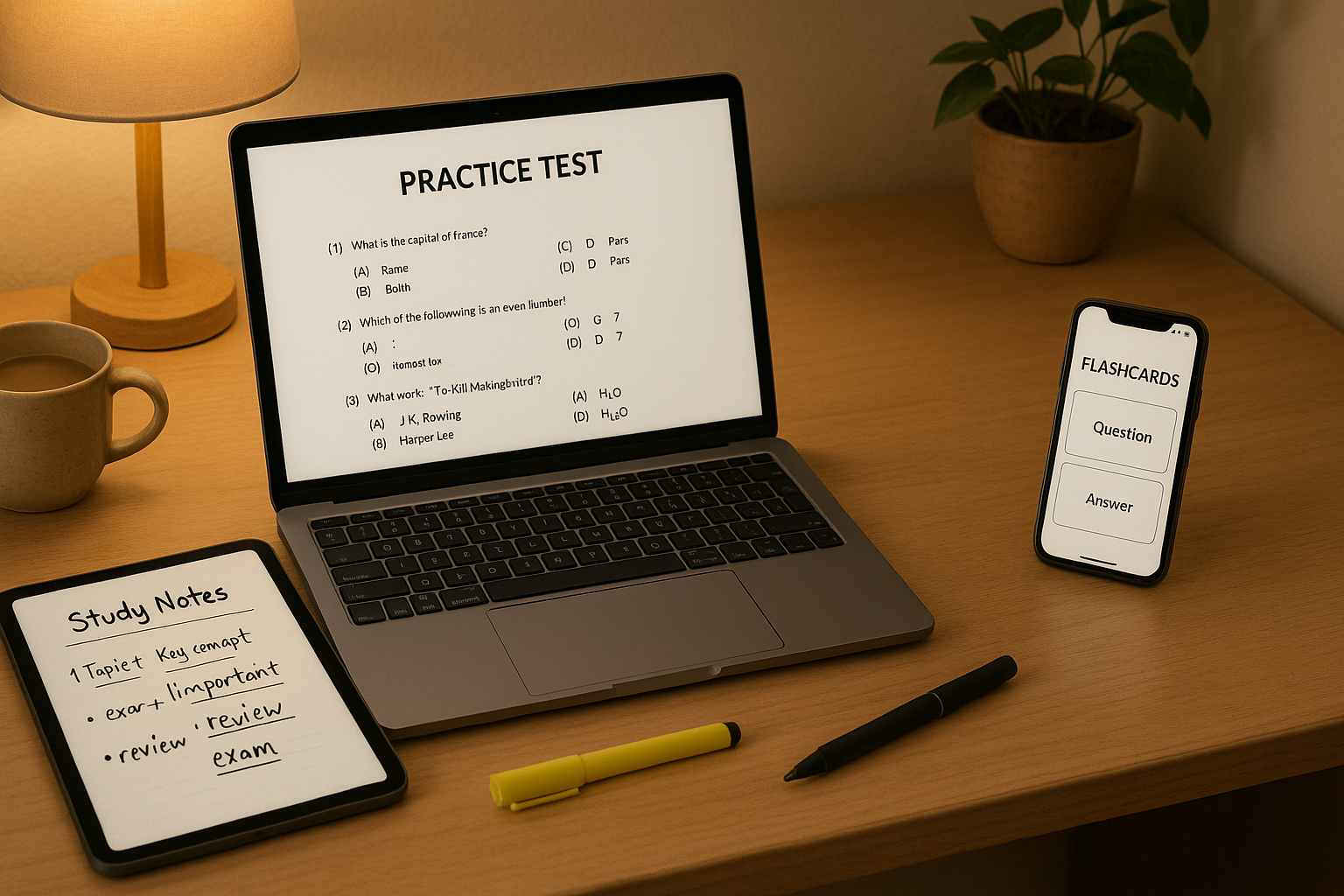
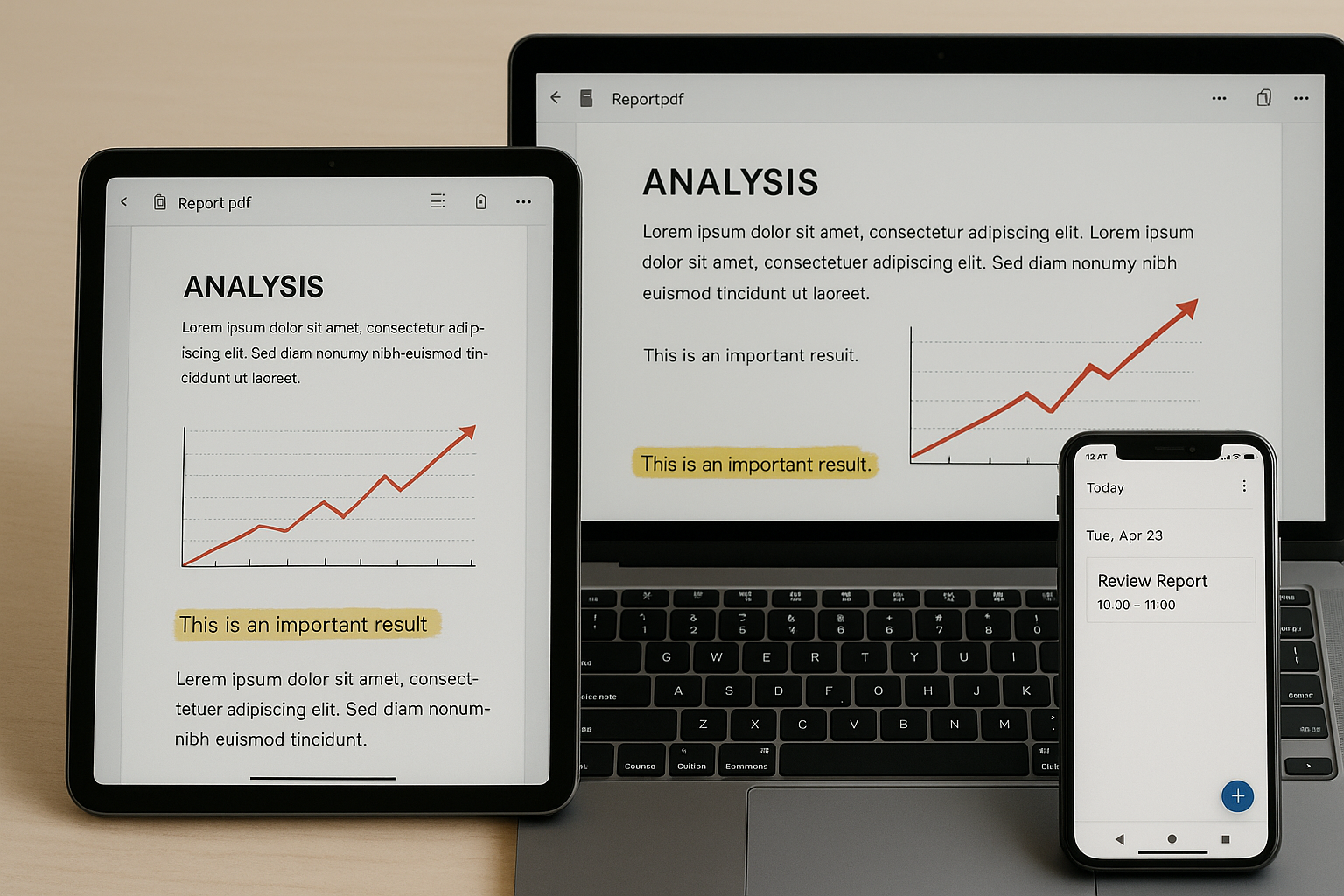

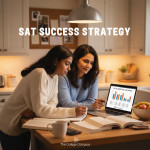

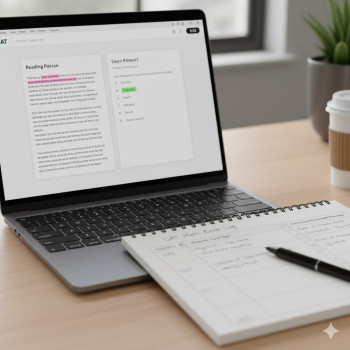

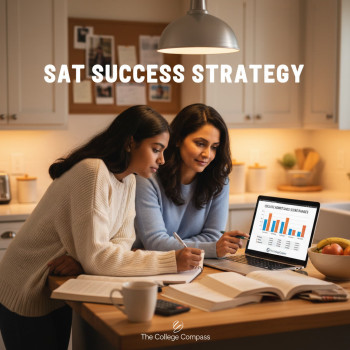










No Comments
Leave a comment Cancel